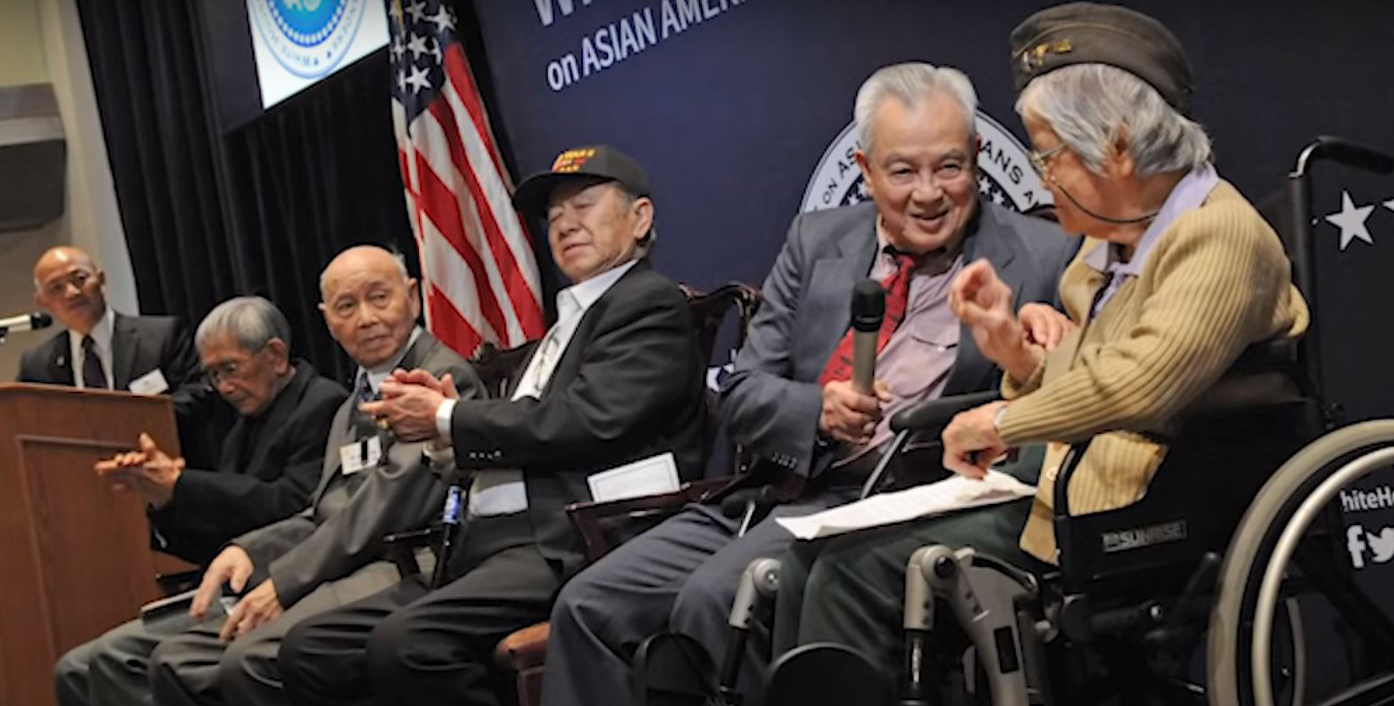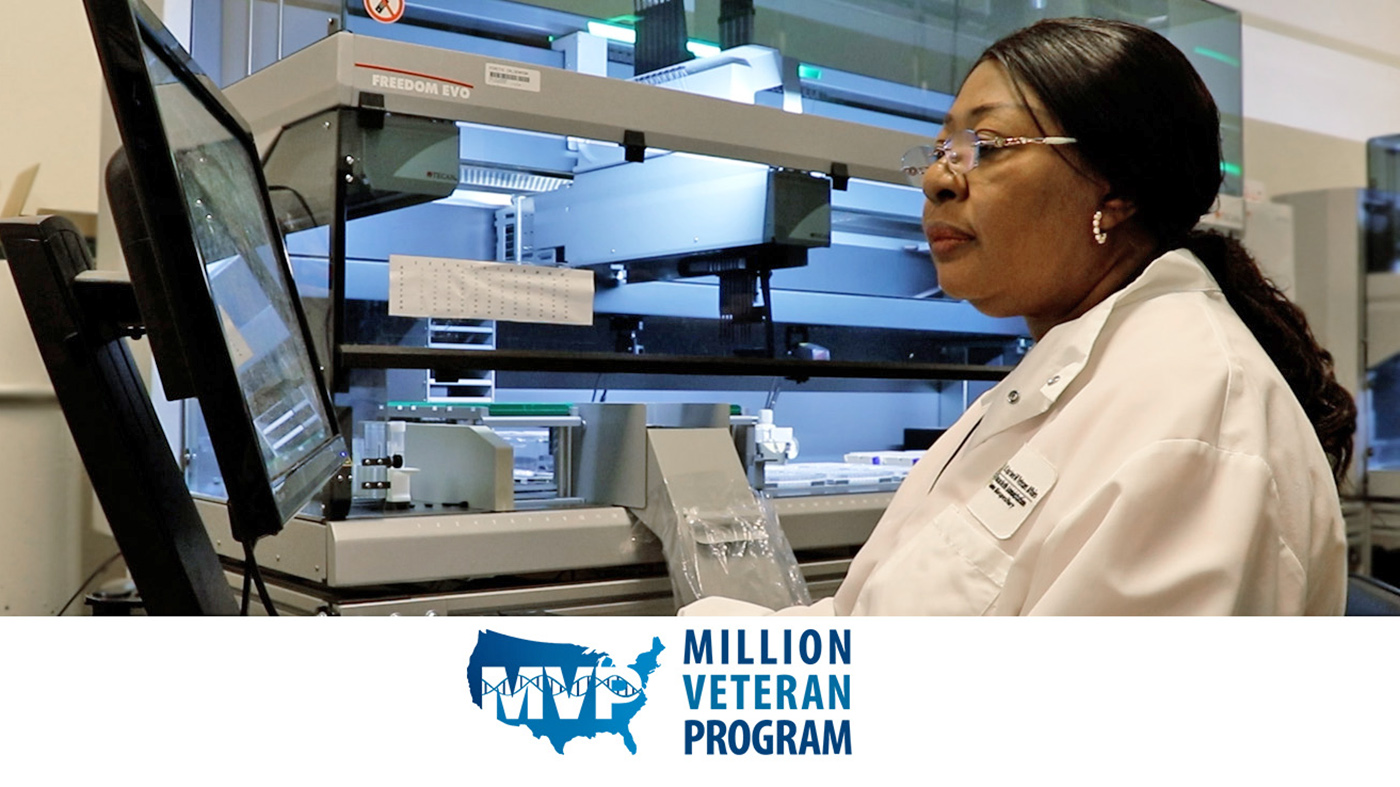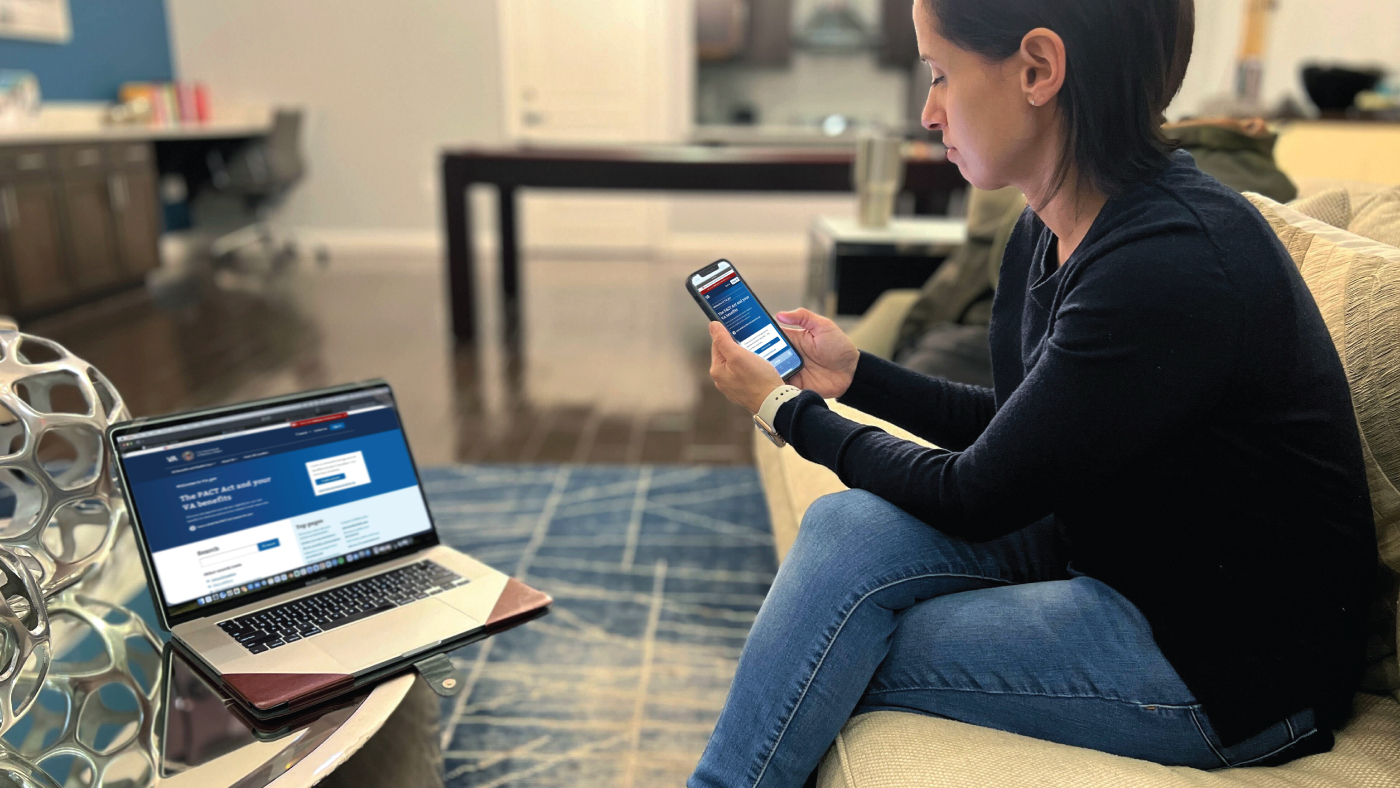Chinese-American World War II Veterans received a Congressional Gold Medal during a virtual ceremony Dec. 9.
Several Chinese-American Veterans spoke during the event and accepted the medal virtually.
“We answered the call to duty when our country faced threats to our freedom,” said 102-year old Army Veteran Elsie Chin Yuen Seetoo, who served as a nurse with the 14th Army Air Force in China. “Now, I welcome my fellow Veterans who are watching, for the many who are not able to watch or who have already passed on. May they be with us in spirit.”
The 20,000 Veterans collectively received the highest civilian honor Congress can bestow, said U.S. Rep. Judy Chu, whose father, Justin, was an Army radio communications sergeant in Okinawa.
“It was a life-changing experience for him,” Chu said. “He formed bonds with his fellow service members, men he would have never known otherwise, but whose bonds were strengthened by their shared sense of purpose. They were serving a cause and a country they believed in.”
Eligible Veterans – and if deceased, the surviving spouse or the closest next of kin – can receive a replica medal.
The eligibility for Chinese American Veterans are those who served between Dec. 7, 1941 to Dec. 31, 1946 in one of the military services or Merchant Marine as an officer or enlisted. Eligible Veterans or family members who wish to receive a replica medal can go to www.caww2.org, click “REGISTER VETERANS” and “SUBMIT INFORMATION” to complete the CGM application form. There are instructions, including uploading requisite documents.
Chinese-American World War II service
An estimated 20,000 Chinese-Americans served in the U.S. armed forces during World War II. Approximately 40% of those were not U.S. citizens due to laws that denied citizenship to people of Chinese descent. Chinese-Americans served in all branches of the armed forces and all theaters of the war.
Many Chinese-Americans served with 14th Air Force in the China-Burma-India theater. Serving under Claire Lee Chennault, Flying Tiger members flew dangerous missions over the Himalayas, known as “the Hump.” Crews defended the Chinese end of the Hump route and supported the Chinese army. In May 1943, Flying Tigers using B-24s bombed Japanese shipping off the Chinese coast. Much of the bombers’ available flying hours, however, were spent hauling their own supplies over the Hump in support of bombing missions.
One Chinese-American received the Medal of Honor during World War II: Army Veteran Francis B. Wai.
Background on the medal
Public Law 115-337 is the Chinese-American World War II Veteran Congressional Gold Medal Act. Congress introduced bi-partisan legislation May 4, 2017, in the U.S. Senate (S.1050) and U.S. House of Representatives (H.R.2358). President Donald Trump signed the law Dec. 20, 2018.
The obverse design depicts Chinese American servicemen and a nurse, representing all United States service branches in World War II and highlighting that they fought in every theater with honor.
The reverse design features an Iowa class battleship, an M4 Sherman tank, and a P-40 Warhawk from the Flying Tigers showcased in front of a World War II-era American flag.
Obverse Inscriptions
- CHINESE AMERICAN VETERANS
- WORLD WAR II
- PROUDLY SERVED AS AMERICANS
- DISTINGUISHED SERVICE
Reverse Inscriptions
- ARMY
- ARMY AIR FORCES
- MARINES
- NAVY
- COAST GUARD
- MERCHANT MARINE
- ACT OF CONGRESS 2018
For more information on the medal, visit the U.S. Mint’s website.
The Citizens Coinage Advisory Committee met Sept. 18, 2019, to consider designs for the medal.
Five Chinese-American Veterans were recognized during a Congressional Gold Medal ceremony celebrating their service at VA’s Central Office in Washington, D.C., in January 2019.
Topics in this story
More Stories
Seven U.S. Army soldiers, one Army Reserve soldier and two Veterans are representing Team USA at the 2024 Olympic Games in Paris, which begins today.
The findings of this new MVP study underscore the importance and positive impact of diverse representation in genetic research, paving the way for significant advances in health care tailored to Veteran population-specific needs.
VA reduces complexity for Veterans, beneficiaries, and caregivers signing in to VA.gov, VA’s official mobile app, and other VA online services while continuing to secure Veteran data.







